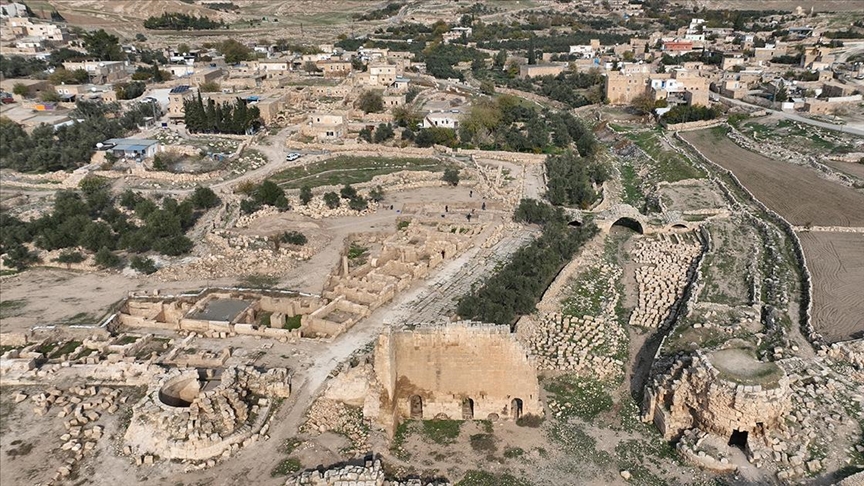
The agora discovered in the ancient city of Dara is being unearthed
An agora was discovered in the ancient city of Dara, founded by the Eastern Roman Empire to stand against the Sassanid attacks.
The city was founded in 507 AD by the emperor Anastasios.
The discovery of the agora in the ancient city of Dara, which was thought to be a garrison city until today, showed that the city was not only a military but also a trade city.
Dara city is located in the central Artuklu district of Mardin. Archaeological excavations in the city started 38 years ago.
📣 Our WhatsApp channel is now LIVE! Stay up-to-date with the latest news and updates, just click here to follow us on WhatsApp and never miss a thing!!
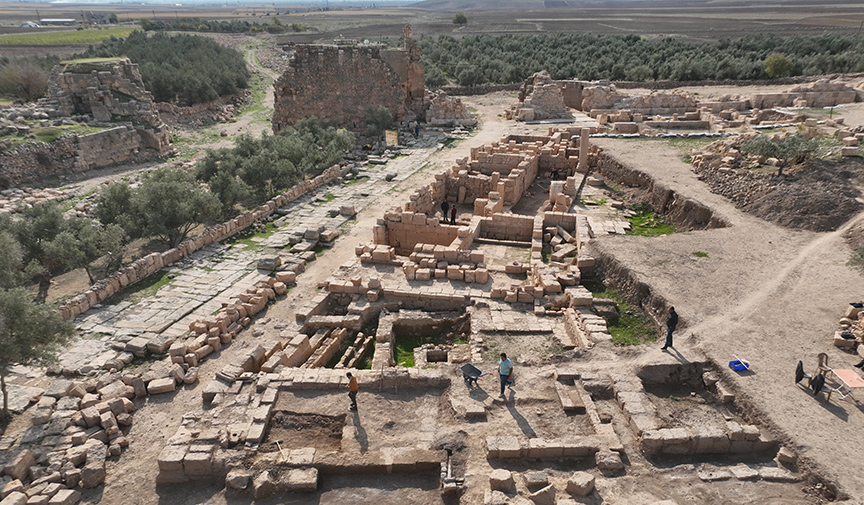
The excavations led by the Mardin Museum have so far uncovered the remains of a necropolis, a church, a palace, a bazaar, a bazaar, a dungeon, an armory and a water dam, while more than 10,000 arrowheads, oil lamps, glass, ceramic artifacts and jewelry were found in the area.
More than 10 shops and workshops were uncovered in the works intensified in the agora.
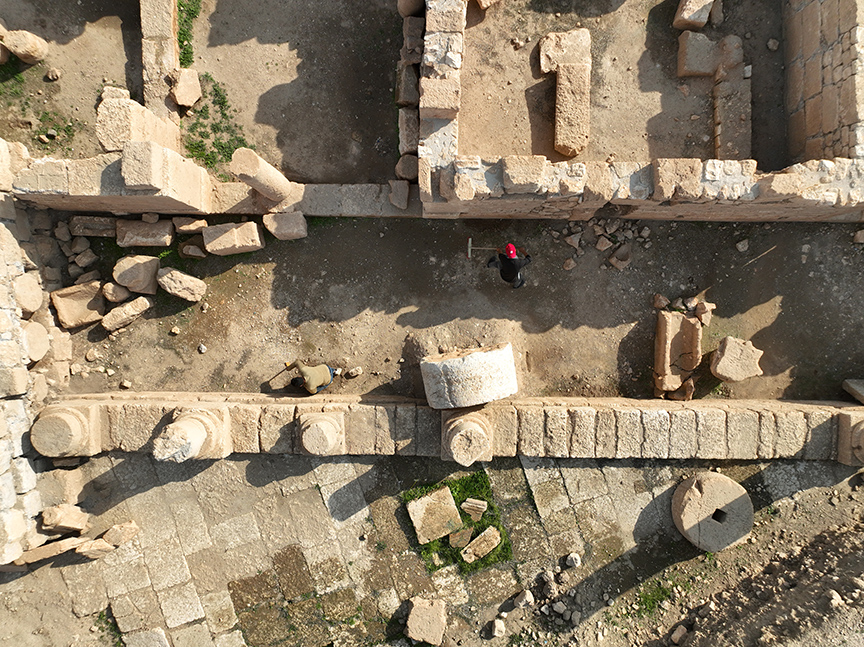
Abdulgani Tarkan, Director of the Mardin Museum and Head of Excavations, stated that the region in question is an ancient settlement with the longest city walls after Diyarbakır and shared the following information.
“Our region is very far from the Roman imperial center, but it is the garrison city of Rome. In other words, it is a city established at its most extreme point. Dara Ancient City has 4 kilometers long walls and 28 bastions. It was founded in 507 as a garrison city housing 25 thousand soldiers. There were settlements not only within the city walls but also around them. It also has a very large necropolis area. It was founded in 507 by the emperor Anastasios.
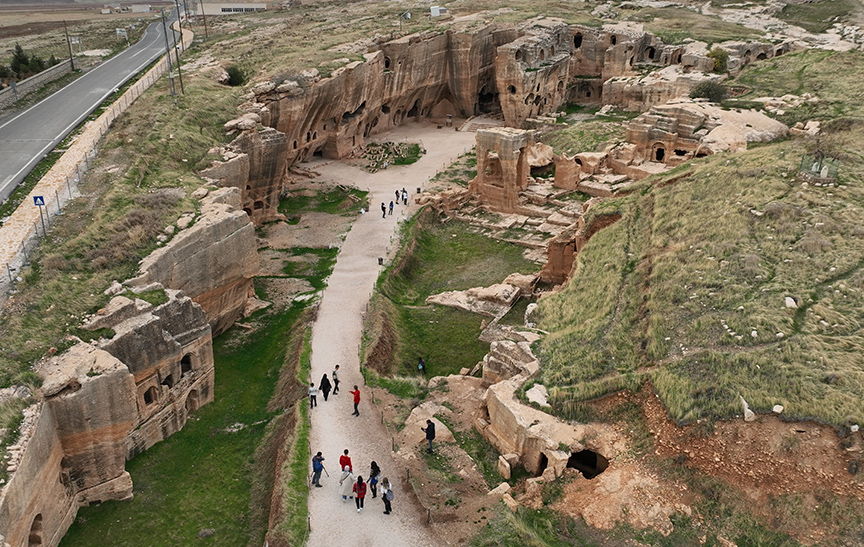
However, we guess that there were settlements before that. We can date this area based on ceramics and coins from various periods. In other words, the history of the ancient city of Dara goes back to the Hellenistic period. Cisterns, administrative buildings, weapon depots, bridges, structures belonging to civilian life have survived until today.”
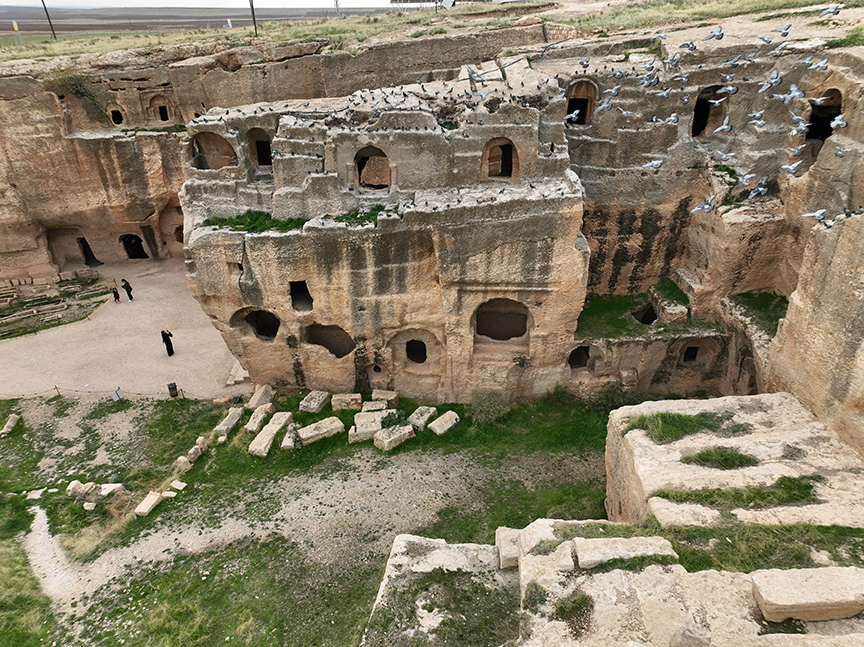
Dr. Devrim Hasan Menteşe, an archaeologist at the Mardin Museum, said, “We uncovered over 10 shops in 3 years. We have always known Dara as a garrison city. At the same time, we understand from these shops and the bazaar that it was a very important trade center in the 6th century. Because there are many shops with glass and metal workshops. This shows us that trade was carried out very intensively here and that Dara was also a trade center in the 6th century.”
Cover Photo: AA
You may also like
- A 1700-year-old statue of Pan unearthed during the excavations at Polyeuktos in İstanbul
- The granary was found in the ancient city of Sebaste, founded by the first Roman emperor Augustus
- Donalar Kale Kapı Rock Tomb or Donalar Rock Tomb
- Theater emerges as works continue in ancient city of Perinthos
- Urartian King Argishti’s bronze shield revealed the name of an unknown country
- The religious center of Lycia, the ancient city of Letoon
- Who were the Luwians?
- A new study brings a fresh perspective on the Anatolian origin of the Indo-European languages
- Perhaps the oldest thermal treatment center in the world, which has been in continuous use for 2000 years -Basilica Therma Roman Bath or King’s Daughter-
- The largest synagogue of the ancient world, located in the ancient city of Sardis, is being restored











Leave a Reply